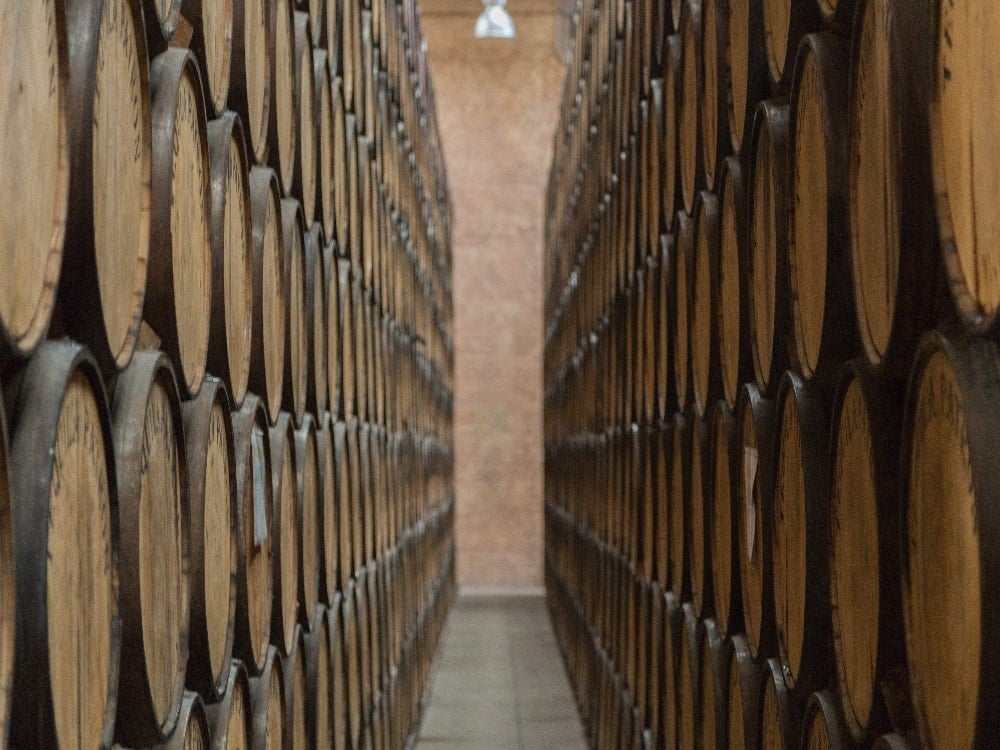Estimated reading time: 7 minutes
Nowadays, if you walk into the most popular cocktail bars in London, not just those in Shoreditch, you are very likely to find a selection of Mezcal based cocktails on the menu. Our Guide to Mezcal aims to share some insight on Mezcal – the spirit of Mexico.

Thank you George Clooney!

In the last couple of years, Mezcal’s popularity has soared in the UK. This can most likely be attributed to the realisation that a night drinking Tequila (Mezcal’s less sophisticated cousin) can be a pleasant and enjoyable experience, thank you George Clooney!
What is Mezcal?
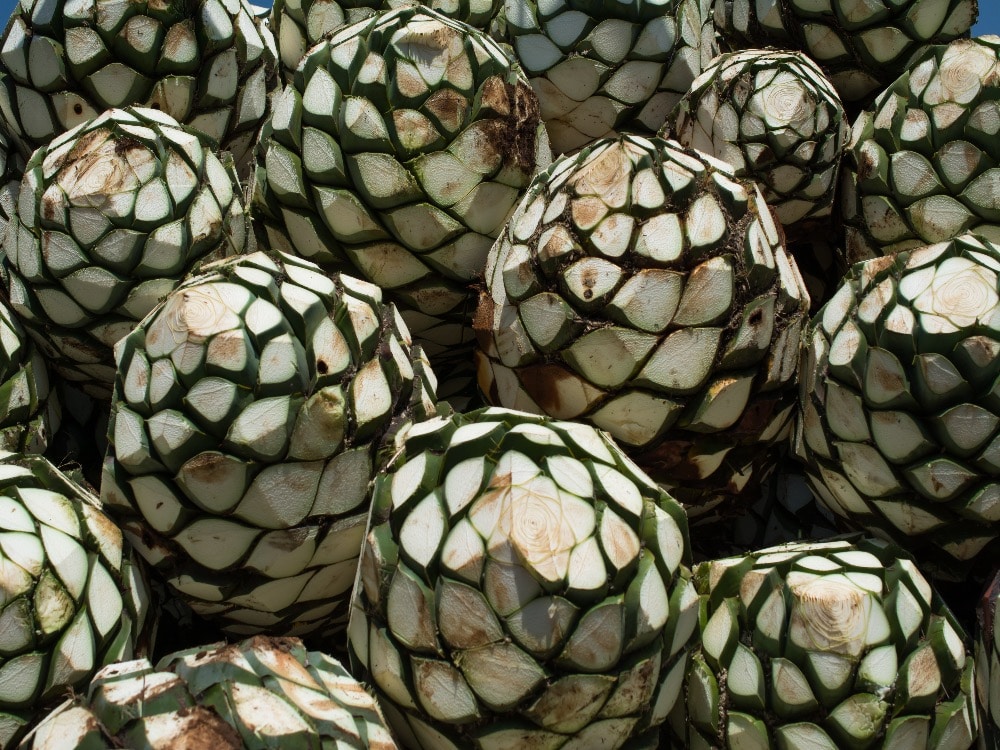
The name Mezcal comes from the Nahuatl (Aztec) Mexcalli which literally translates to ‘oven cooked agave’. Mezcal is a distilled alcoholic spirit made from any type of agave, or maguey, plant native to Mexico. This is one of the areas where it differs from Tequila, which can only be made from three types of blue agave.
Similar to champagne and indeed tequila, Mezcal was granted its denomination of origin in 1994. This put in place regulations on how and where Mezcal could be produced. Nine states in Mexico are permitted to produce Mezcal and Oaxaca is perhaps the best known of all of these states.
How is Mezcal made?
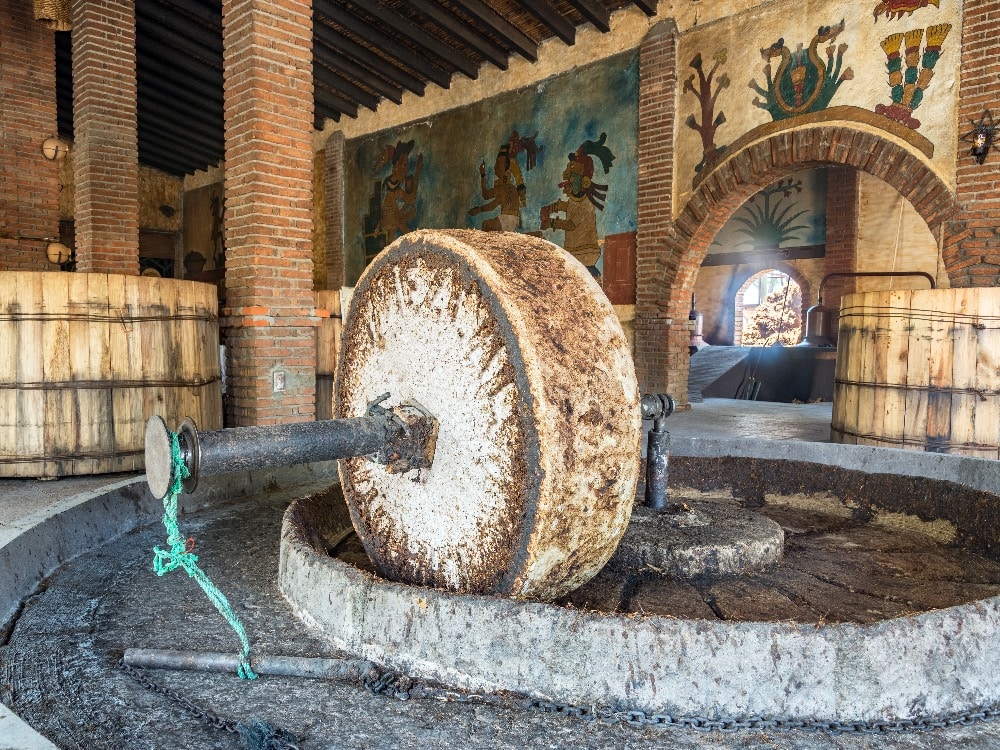
Making Mezcal is thirsty and time-consuming work. The main ingredient, the agave hearts or pinas, can weigh up to 100kg each! Traditionally, the pinas are roasted in an underground oven or horno, this can take several days giving it the trademark smoky flavour.
Once the pinas have finished roasting, they are left to rest and then crushed. An artisanal Mezcal should be crushed by a Tahona, which is a mill stone, usually drawn by a horse or ox. The crushed pinas are then added to large open-top wooden vats where fresh water is added and left to ferment into a mash. This mash then is distilled at least twice, and the result is Mezcal.
The taste varies just as Oaxaca does
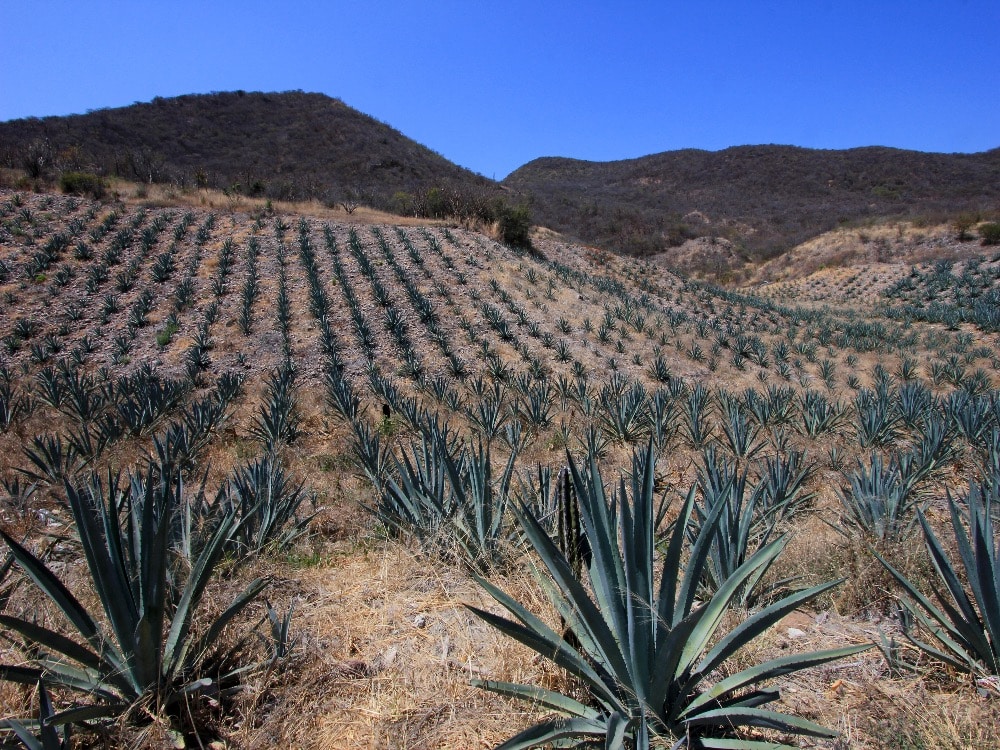
Oaxaca is a fascinating state and its topography is the most varied in the country of Mexico. The capital city of Oaxaca is in the center of a confluence of three great valleys at an altitude of 6,500 feet. There are mountains, plains, fertile valleys, tropical jungles and the Pacific Ocean all creating many differing growing zones for many varieties of maguey.
The way we explain the general breakdown of taste is: The high, narrow mountain valley mezcals are simpler, more subtle, drier and smoother. They are more aromatic and go to the upper palate. The broad-low valley mezcals are fruitier, more complex and spicier. Cheeky, chewy, middle mouth with lots of body.
When and how do you drink Mezcal?
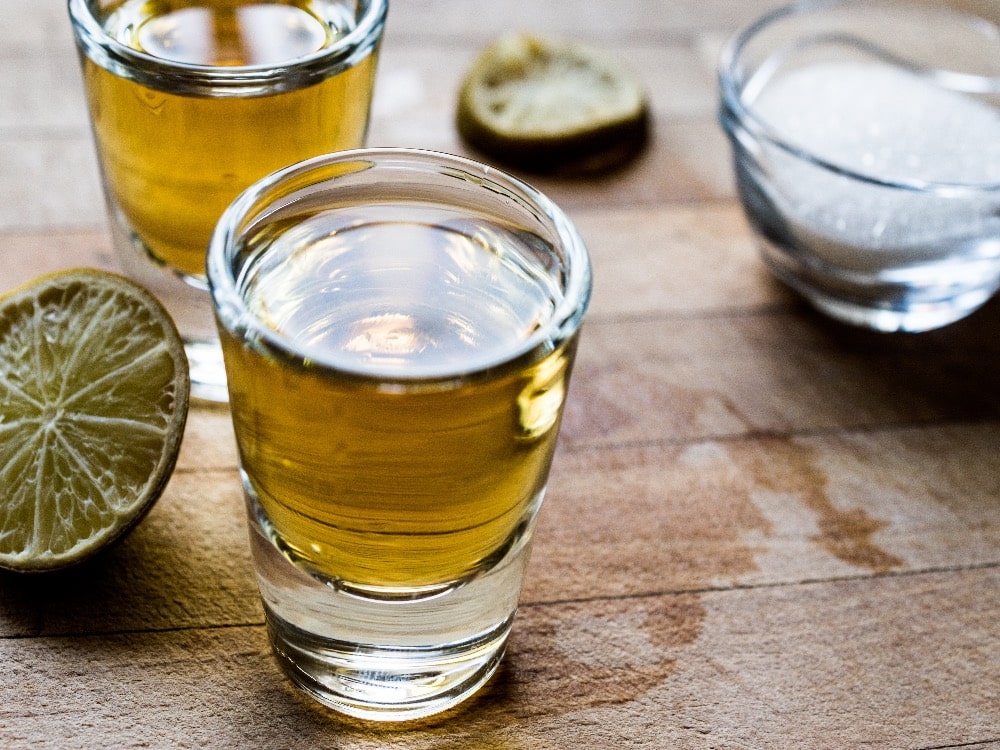
Traditionally you drink Mezcal straight as you would a fine whisky or premium tequila. Residents of Oaxaca will often be seen drinking a bottle of Mezcal with their evening meal as one would a bottle of wine. Mezcals can range in strength between 40% and 70% so this would usually result in a merry and potentially blurry evening!
What to look for in a Mezcal – A guide for the first-time buyer
If you are new to Mezcal, it can be confusing due to the sheer variety of what is on offer. Below are some of the most common things that you may come across when looking at a bottle of Mezcal. Hopefully this will help if you are looking to enter the world of Mezcal.
Joven– Young or unaged Mezcal.
Reposado– Aged in a barrel between two months and one year
Anejo– Aged for over a year (Because of the warm climate of Mexico, the aging process is much faster than that in the UK, where fine whiskies are often left to age for upwards of 18 years.)
Espadin– A relatively quick to grow and harvest agave (it still takes 8 years to mature which is quick compared to some agave!) resulting in it being the agave that many Mezcals are made from.
Ensamble– A Mezcal made from a blend of different agave plants, which will result in a different flavour profile.
100% Agave– Similar to Tequila, a Mezcal of any quality should be no less than 100% agave.
Industrial– Mezcal made using industrial technology – this takes away some of the magic of Mezcal.
Artisanal – Mezcal made using traditional techniques in small, usually copper, stills. Lots of these Mezcals are now popping up in the UK market.
Ancestral/Traditional– Again made using traditional techniques in much smaller batches. The stills tend to be old-fashioned and made from clay. You would be unlikely to come across an Ancestral Mezcal in a UK shop or bar. To try these marvellous Mezcals, the best thing to do is take a trip to Mexico!
A good and authentic Mezcal is made on a small rural Palenque by a master distiller whose skills have been honed and passed down many generations! The process is long and labour intensive, but the results are worth it! The next time you see Mezcal on a menu, give it a try, you will not regret it!
A final word on worms!
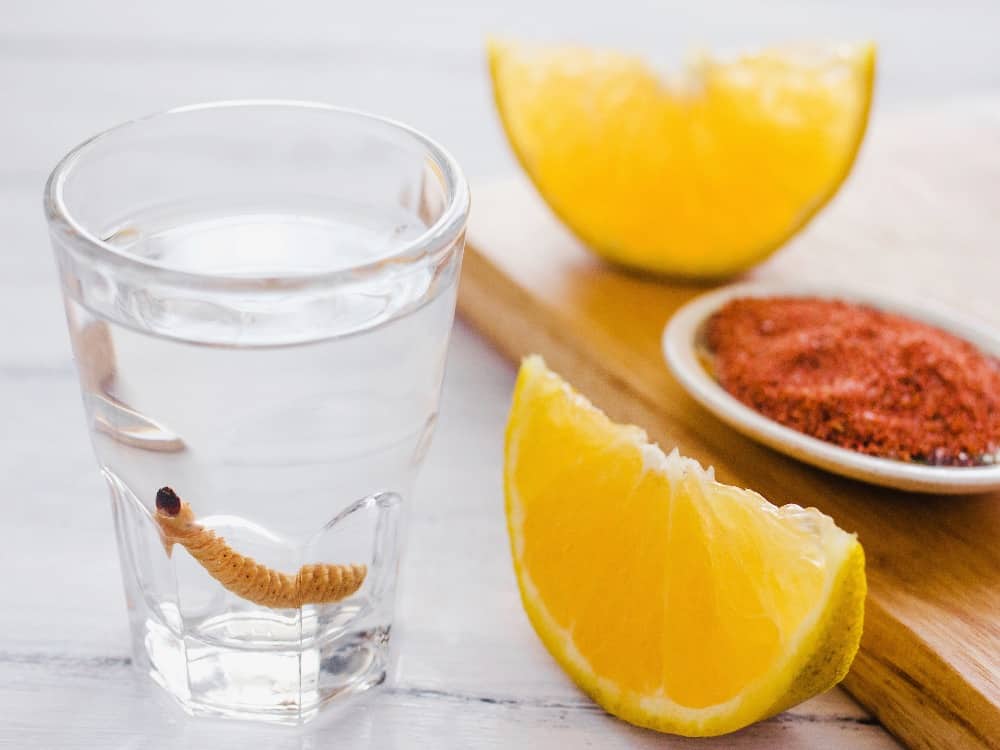
Many people believe that all Mezcal contains a worm. This is not the case. While some Mezcal’s produced in Oaxaca do contain a larva, usually a gusano rojo if you are interested, it is certainly only a minority of Mezcals. These are generally of lower quality, Mezcals produced mainly for tourists (although this is a generalisation).
While we are on this subject, it is important to point out that neither the worm nor any Mezcal has any hallucinogenic properties. This is a myth that has stemmed from Mezcal having a similar name to a hallucinogenic called mescaline.
We hope you’ve enjoyed our Guide to Mezcal. Be sure to check out our Guide to Tacos for an insider’s look at Mexico’s most famous export – the beloved taco!
Some More Popular Recipes You May Also Like:


